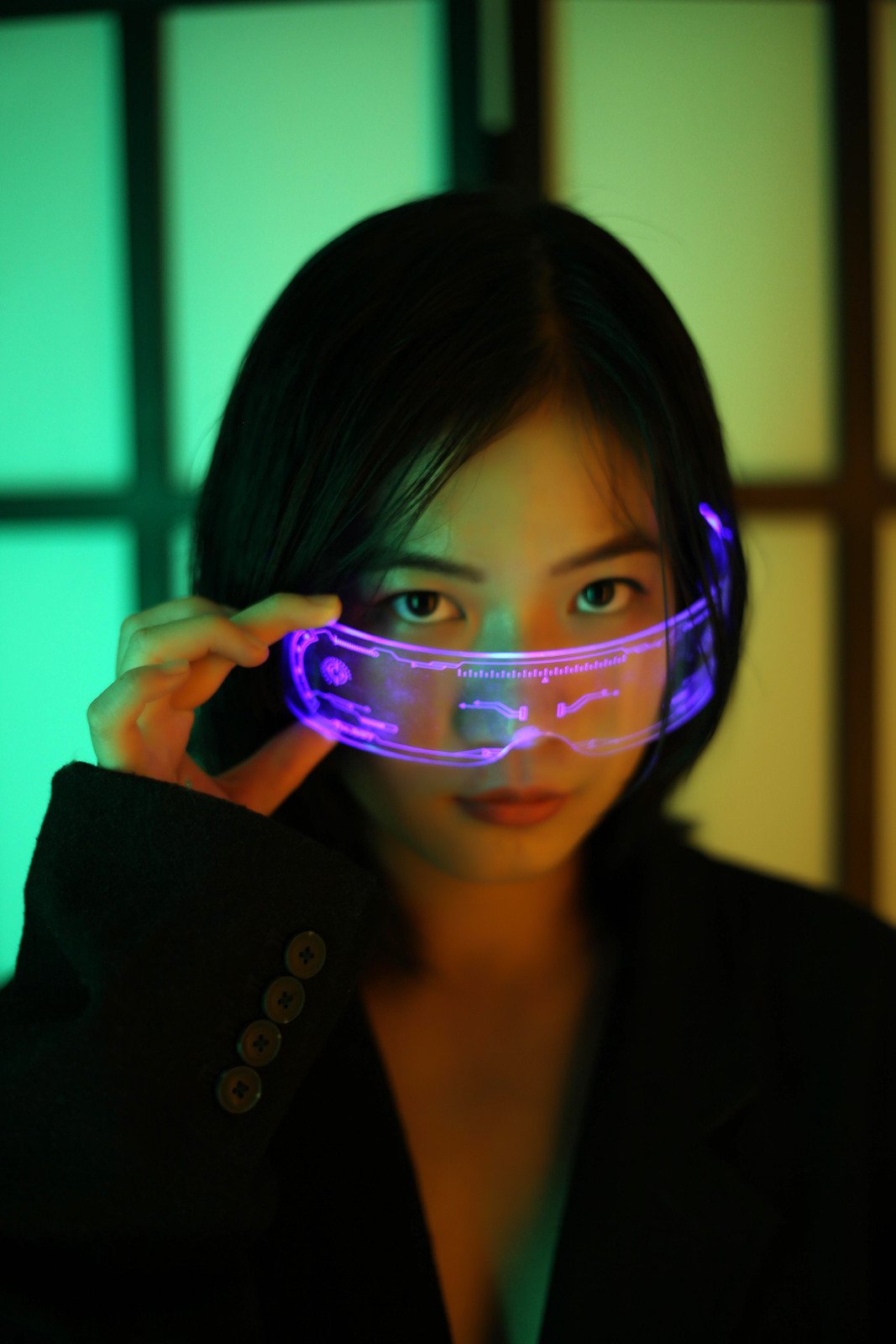Welcome to the exciting world of technological innovation! With each passing day, there seems to be a new advancement that pushes the boundaries of what we thought was possible. Two technologies that have been making waves in recent years are AI and AR. You may have heard these acronyms thrown around before, but do you really know what they mean? In this blog post, we’ll explore both AI and AR in depth, discussing their benefits, potential risks and how they’re likely to shape our future. So sit back and get ready for a mind-bending journey through some of the most cutting-edge technology out there!
AI: What is it and how is it being used?
Artificial Intelligence, or AI for short, is a branch of computer science that focuses on building machines capable of performing tasks that would typically require human intelligence. These machines can learn and adapt to new situations without explicit programming. The possibilities are endless when it comes to what AI can be used for.
One area where AI has already made significant advances is in the field of medicine. Medical professionals use AI algorithms to help diagnose diseases and disorders by analyzing patient data such as X-rays, CT scans and MRIs.
Another exciting application of AI is in autonomous vehicles. Self-driving cars rely heavily on machine learning algorithms that enable them to navigate roads and avoid obstacles with ease.
AI also plays a vital role in finance by processing vast amounts of data quickly and accurately, making predictions about stock prices or detecting fraud patterns within transactions.
As you can see, there are numerous ways we already utilize this powerful technology today. But there’s always room for more innovation as researchers continue finding new applications for artificial intelligence!
AR: What is it and how is it being used?
Augmented Reality (AR) is a technology that overlays virtual content onto the real world, enhancing our perception of reality. AR has been used in various fields such as entertainment, education, and retail. With the help of AR applications on smartphones or tablets, users can interact with digital objects superimposed over their physical surroundings.
One example of how AR is being used in entertainment is through the popular mobile game Pokemon Go. Players use their phones to capture virtual creatures that appear on top of their real-world environment using AR technology.
In education, teachers are integrating AR into lessons to make learning more interactive and engaging for students. For instance, anatomy classes may use apps that allow students to visualize human organs overlaid onto a body model.
Retailers have also started utilizing AR to enhance customer experiences both online and offline. Some stores have incorporated try-on features using augmented reality so customers can see what items would look like before making a purchase.
AR allows us to experience our world in new ways by blurring the lines between physical reality and digital content.
What are some of the benefits of these technologies?
AI and AR technologies have been making waves across various industries, providing a plethora of benefits that were previously unimaginable. One major benefit is increased efficiency in tasks that require complex decision-making. AI algorithms can analyze large amounts of data and provide insights that would take humans much longer to uncover.
In the healthcare industry, AI-powered diagnostic tools can aid physicians in identifying illnesses quickly and accurately, leading to better treatment options for patients. Additionally, AR technology has been used extensively in fields such as architecture and interior design to create realistic 3D models of structures or spaces before they are built.
Another benefit of these technologies is improved customer experience. With personalized recommendations based on user preferences or past behavior, businesses can offer a more tailored service to their customers. For instance, e-commerce sites can use AI algorithms to suggest products based on users’ browsing history or purchase patterns.
Moreover, these technologies also help reduce costs by automating repetitive tasks such as data entry or answering routine queries from customers. This frees up time for employees who can focus on more high-value work.
The benefits of AI and AR technologies are numerous and diverse; however it’s important to acknowledge potential risks associated with them while continuing innovation through exploration towards future growth opportunities.
Are there any potential risks associated with these technologies?
As with any new technology, there are potential risks associated with AI and AR. One of the main concerns is privacy. As AI becomes more advanced, it has the ability to collect vast amounts of data on individuals without their knowledge or consent.
Another risk is job loss. With machines becoming more intelligent, some jobs may become automated and done by robots instead of humans. This could lead to unemployment for those who have been replaced by machines.
There are also ethical concerns surrounding these technologies. For example, if facial recognition software is used inappropriately or biased algorithms are used in decision-making processes, this could result in discrimination against certain groups of people.
Furthermore, as AR becomes more popular and accessible through devices such as smartphones and smart glasses, there is a concern about distracted driving and other safety hazards that may arise from people being immersed in augmented reality environments while performing tasks that require full attention.
While these technologies offer many benefits for society, it’s important to be aware of the potential risks and take steps to mitigate them in order to ensure they are used responsibly for the betterment of all.
How will these technologies impact the future?
As we have seen, the advancements in both AI and AR technologies are truly remarkable. They are changing the way we interact with our environment, making tasks easier and more efficient than ever before.
Looking ahead, it’s clear that these technologies will continue to evolve and shape the future of industries across the board. From healthcare to education, retail to manufacturing, there are countless ways in which AI and AR can be used to improve processes and experiences for everyone involved.
However, it’s important to recognize that as with any new technology, there may also be potential risks associated with their implementation. Issues such as data privacy and security must be carefully considered in order to ensure that these innovations remain beneficial for all parties involved.
Despite this, one thing is certain: AI and AR will undoubtedly play an increasingly integral role in our lives moving forward. By embracing these exciting new developments today, businesses can position themselves at the forefront of industry innovation tomorrow – helping them stay competitive while providing better products or services than ever before.








